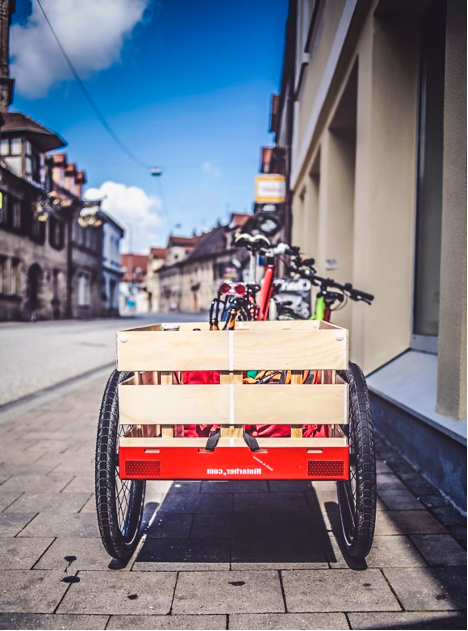In May 2020, Finland concluded its three-year “Last Mile” smart mobility project which aimed to provide innovative smart mobility solutions for tourists, residents and commuters in the Helsinki metropolitan region. But what was actually tried and tested, what lessons were learnt along the way and what can other cities take away from it? Keep reading to find out more.
Project Aims
This EU funded project sought to collaborate with companies that provided mobility services to find smarter, easier and more sustainable ways to travel, while collecting and using public feedback and mobility data to support travel planning.
The key issue with Helsinki and the wider trial regions was that often main tourist attractions, national heritage sites and new work / residential areas were difficult to reach by car, which prevented companies from expanding.
Therefore, the pilots aimed to deliver a more integrated transport network by ensuring that a commuter’s journey from the first to “last mile” was possible without the use of a car, convenient and hassle-free.
What Was Trialled (and Successful)?
The pilots were carried out in three different locations: Helsinki, Espoo and Vantaa. They allowed people to try and test new services that are not yet available on the market or still being developed, which could be deployed permanently in future urban areas.
In total, 21 solutions to improve accessibility were trialled in and around the Finnish capital. They included a network of shared-use cargo bikes, audio and digital guided routes to landmarks, peer-to-peer sea transport rental services, on-demand mobility services and parking solutions.
Of particular success was a trial which allowed children to ride-share together without their parents to sports practice. It was so well received by families that they petitioned to keep the service in place even after the project was over, and now plays an important part in their everyday lives.
Another triumphant pilot was “Bout”, a service touted as “Uber for Boats”, which allowed participants to use a smartphone application to pre-order rides from owners of small boats to over 50 destinations throughout the trial region.
Since the project’s completion, this concept has now been adopted by nine other cities in Finland and Sweden, showing how adaptable the solution has been to other cities and local communities.
We spoke to the Last Mile project manager Mira Rajalakso, who said that the trials “allowed people to realise that they had other options than to just travel by car. Not only this, but also that they could enjoy their free time, nicer views and stay active while also running errands.”
Key Last Mile Learnings

- Ensure that trials are agile
Mira said that experiments which took place in the first year were aimed at developing tourism mobility services and research, while trials in the second year focused more on intelligent technologies providing practical solutions to residents’ mobility. As the trials went on, findings from the pilots helped mould and adapt the trials to better suit the needs of the people.
This meant that the project was able to be agile and improve as it went along. A key part of this process was planning for feedback, evaluation and adaption as the trials progressed.
2. Make time for planning
Crucial to any smart mobility trial is setting aside ample time and resources for planning. The first step in designing any pilot requires a clear and concise definition of what the goal is you want to achieve, and how to get there.
It can also be useful to scrutinise pilots from the participant’s viewpoint. Draw up a set of questions which you might expect to be asked with detailed answers, so that you can be prepared for any feedback or potential backlash that might be received.
One key learning from the Last Mile trials was that it was difficult to reach the desired target group when trial periods were too short, which didn’t allow enough time for sufficient user feedback to be generated. If the project was to be replicated elsewhere, Mira suggests that pursuing longer trial periods may be beneficial.
3. Work with citizens, not just for them
Another essential ingredient is building trust and understanding with the citizens who the trials affect. There should be a kick-off meeting where the trial and what it involves is explained, which also gives people an opportunity to ask the questions and queries they may have.
Communication between the co-ordinator of the pilot and those implementing it must be strong, and they should aim to ensure good guidance with all the necessary resources in place.
4. Don’t be afraid to fail and recalibrate
Agile pilots such as these are an excellent opportunity for trial and error, and to gain valuable critique and assessment from the public. Not everything has to be perfect from the outset, the best way to begin is simply by doing it and seeing what works and what doesn’t along the way.
Putting too much focus on making trials faultless from the beginning will leave no room for adaption and changes along the way, which may be essential to the success of your project.
Last Mile in a Nutshell
All in all, the Last Mile trials are a good example of where a project really helped to mould people’s behaviour and attitude towards more active mobility. Once people had the opportunity to see how transport could be different in their everyday lives, they realised the benefits and wanted it to stay that way.


